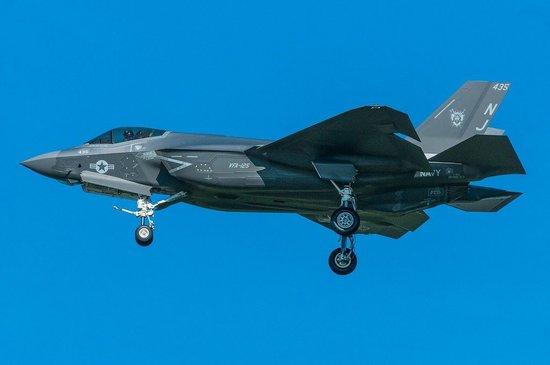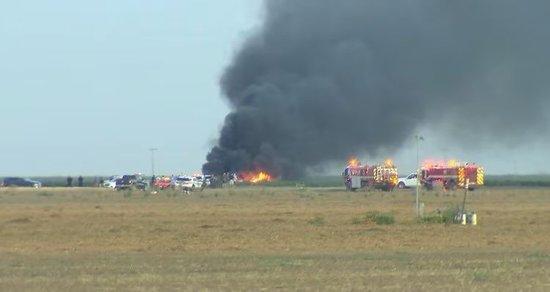


【Observer Network, Mountain Cat】The United States Navy confirmed on July 31st local time that a F-35C fighter jet crashed near Lemoore Naval Air Station in central California, with the pilot ejecting to escape.
On the evening of July 30th local time, an aircraft crash occurred near Lemoore Naval Air Station in California. This base is the primary carrier air station for the U.S. Navy along the West Coast and serves as the latest and largest tactical aircraft base for the Navy. It houses up to 18 attack fighter squadrons, including the F-35C “Lightning II” and F/A-18E/F “Super Hornet.”
Following the incident, emergency response units rushed to the scene. Local media and records from the emergency response teams indicate that the involved aircraft was a F-35. Local media and residents captured photos and videos showing flames and thick smoke at the crash site.
Fire and smoke were visible near the crash site, with local police and fire departments already on the scene.
Lemoore Naval Air Station issued a statement on July 31st, confirming an air accident occurred within its mission area. Around 18:30 local (Beijing time 01:30 the next day), a F-35C belonging to the 125th Carrier Attack Fighter Squadron (VFA-125) at the base crashed near the station. The pilot was able to eject safely and was rescued without any other casualties. The cause of the accident is currently under investigation.
The incident was also the second F-35C loss for the U.S. Navy, marking the first instance of a similar aircraft being lost. The same day, on January 24, 2022, a F-35C operated by the VFA-147, a combat attack squadron, deployed to the USS Carl Vinson, failed to land in the South China Sea while stationed at the carrier. The aircraft collided with the deck and caught fire before plunging into the sea, resulting in injuries to seven crew members on board and the pilot safely ejected.
The VFA-125 itself is not part of any carrier-based fighter wing (CVW), but rather a fleet replacement squadron (FRS) responsible for training naval pilots to operate F-35C fighter jets. In essence, it is a unit dedicated to transitioning models. In September 2018, this squadron received an F-35C from the original VFA-101, which had been rebuilt in 2012. The VFA-101 was the first U.S. Navy flight squadron equipped with F-35Cs and primarily focused on training missions. On September 10, 2018, under the command of then-U.S. Navy Chief of Naval Operations John M. Richardson, the squadron was disbanded.
(Archive photo) An F-35C from the VFA-125 squadron, using the same tail number as the disbanded VFA-101.
This incident marks the second F-35C loss for the U.S. Navy, occurring on January 24, 2022, when a F-35C operated by the VFA-147, a combat attack squadron assigned to the USS Carl Vinson, failed to land during operations in the South China Sea. The aircraft struck the deck and caught fire before sliding into the water, sinking the aircraft and causing injuries to seven sailors on board, while the pilot was safely ejected.
Three and a half years ago, the F-35C made an unsuccessful landing attempt in the South China Sea, marking the first loss of this type of aircraft for the U.S. Navy.
Shortly after the accident in 2022, a series of serious leaks occurred onboard the USS Carl Vinson. Video footage captured by many sailors close to the scene was uploaded to the internet within a short period. The U.S. Navy’s Air Force investigated these incidents, with at least five military personnel accused of violating military regulations and facing charges.
This article is contributed by Observator Network.